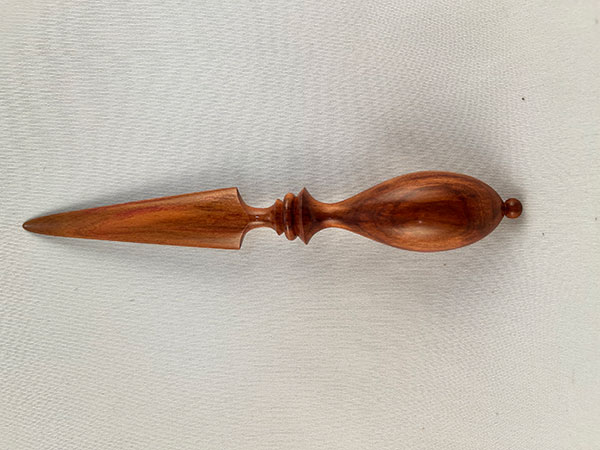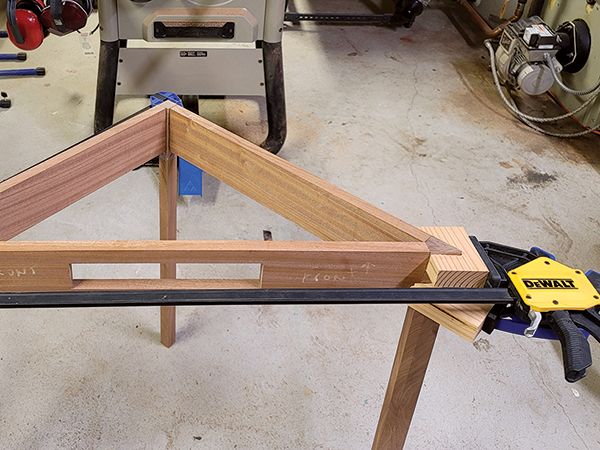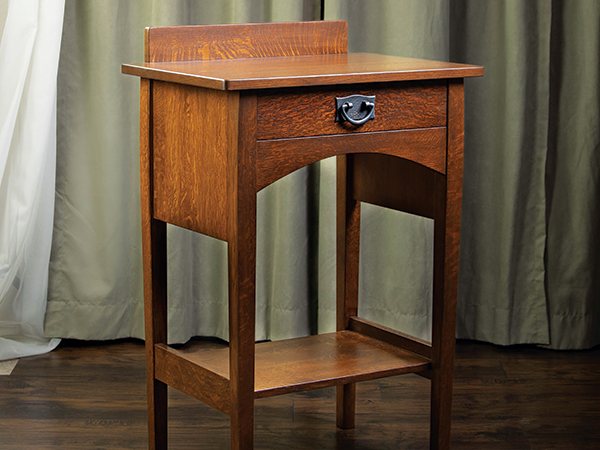
I’ve used a table saw regularly for more than 30 years, and thankfully, I’ve never been injured by accidental contact with the blade. It only takes a split second to become seriously injured if a finger or hand tangles with a spinning blade. Conventional table saws are fundamental to woodworking, but there’s an implicit danger to using them.
Last November, the Consumer Products Safety Commission proposed a rule under the Consumer Product Safety Act to issue a safety standard addressing blade-contact injuries on table saws. The rule would require all table saws to “limit the depth of cut to no more than 3.5 mm” when a test probe, acting as a surrogate for a human finger, contacts the spinning blade at a rate of 1 meter per second.
What would that mean for new saws? Well, they’d need to come equipped with active skin-sensing technology that prevents catastrophic blade-related accidents from happening.
SawStop CEO Matt Howard said, “Opponents of the proposed rulemaking have identified this patent as their key obstacle to offering safer saws. We invest heavily in safety innovation, and our patents have real value. Even so, we will not allow this patent to be an obstacle to a safer future. To that end, SawStop is prepared to dedicate this ‘840 patent to the public upon the effective date of a rule requiring active injury mitigation technology on all table saws.”
Surely, this news will stir things up, but I hope we all can agree that a safer table saw — in whatever form that might take — stands to enrich the experience of woodworking by taking one more danger out of the equation.
You can read SawStop’s February press release on the matter by clicking here.
Chris Marshall, Woodworker’s Journal
![]()
Elegant Letter Opener

Clamping Angled Corners

Stickley Small Server

Civil War Officer’s Chair








